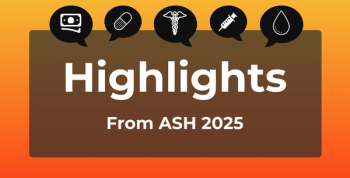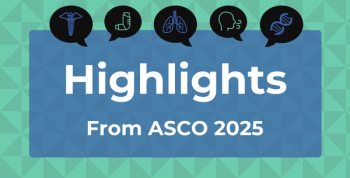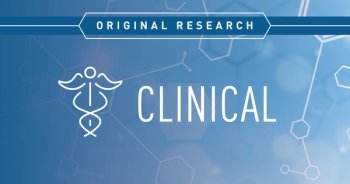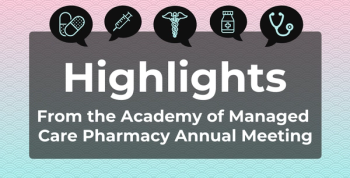
Real-World Outcomes of Initiating Injectable Therapies in Type 2 Diabetes Patients
To date, there has been no real-world comparative data published on the initiation of injectable therapy with insulin glargine disposable pen (GLA-P) of glucagons-like peptide-1 agonist liraglutide (LIRA) among type 2 diabetes patients. On day 1 of the American Diabetes Association's 72nd Scientific Sessions in Philadelphia, PA, an abstract was released by Levin et al which provided data from this exact comparative analysis.
To date, there has been no real-world comparative data published on the initiation of injectable therapy with insulin glargine disposable pen (GLA-P) of glucagons-like peptide-1 agonist liraglutide (LIRA) among type 2 diabetes patients. On day 1 of the American Diabetes Association’s 72nd Scientific Sessions in Philadelphia, PA, an abstract was released by Levin et al which provided data from this exact comparative analysis.
Using the Integrated Health Care Information System’s national managed care claim database, Levin et al assessed 1-year clinical outcomes and plan-paid healthcare costs of T2DM patients failing oral antidiabetic drugs (OADs) and initiating LIRA or GLA-P.
The study was conducted among 336 matched patients that had a mean baseline age of 53 years. Researchers founds that there were no statistically significant differences between GLA-P and LIRA cohorts, A1C reduction from baseline, and percentage of patients achieving A1C <7% among those with follow-up A1C data available. Additionally, researchers reported that hypoglycemia-related event rates were low in both cohorts. However, GLA-P patients had significantly lower study drug costs ($1,198 vs $2,784; P <.001), which resulted in lower diabetes-related healthcare costs ($5,653 vs $7,976; P = .02).
Levn et al concluded that, “among T2DM patients who failed OADs and initiated injectable therapy, GLA-P may be a more cost effective option than LIRA with similar clinical outcomes yet lower diabetes care cost.
To read more about this study, please visit the
Newsletter
Stay ahead of policy, cost, and value—subscribe to AJMC for expert insights at the intersection of clinical care and health economics.








